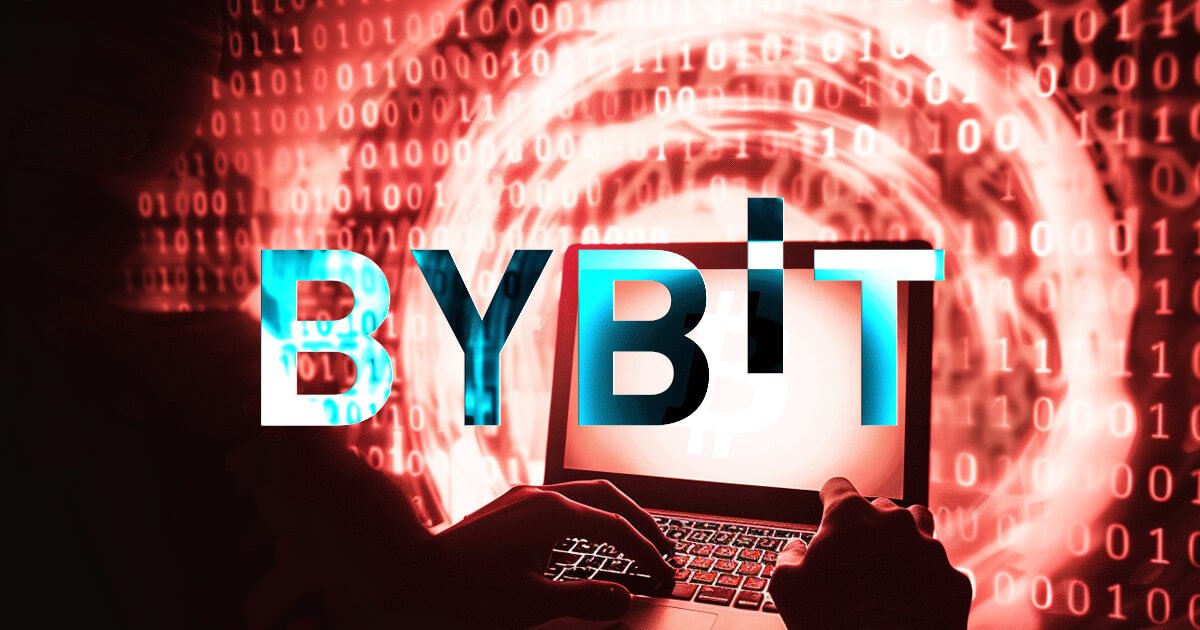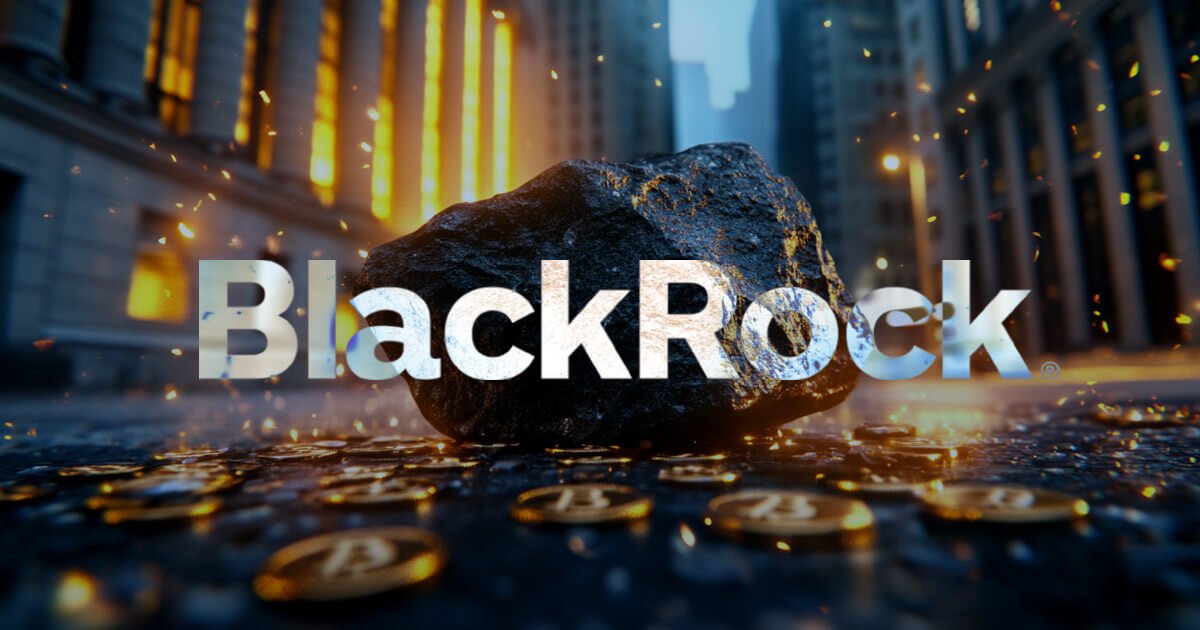
Solana’s (SOL) annualized inflation grew by 30.5% after a new priority fee distribution was implemented on Feb. 12. The amount of SOL burned daily decreased from nearly 18,000 SOL to 1,000 SOL.
The Solana Improvement Document 96 (SIMD 96) proposed using the total priority fees for network validators instead of half of them to burn SOL.
According to the Blockworks researcher Carlos Gonzalez Campo, this raised the SOL annualized inflation from 3.6% to 4.7%. Additionally, the SOL weekly burn rate reached 6.93% from Feb. 10 to 16, the lowest level since mid-October 2024 and nearly half the ratio of the previous week.
The SIMD 96 also impacted the real economic value (REV) distributed to token holders. According to on-chain data, token holders received 65.7% of Solana’s REV from Feb. 3 to 9, reduced to 58.9% from Feb. 10 to 16.
Meanwhile, the REV percentage distributed to validators grew roughly the same in the period.
Notably, the daily timeframe shows that the token holder REV percentage amounted to almost 72%, gradually falling until it reached 40.9% on Feb. 16. In the same period, the validator commission slowly grew from 25.1% to 56.1%.
Waiting for SIMD 228
The SIMD 96 was approved in May 2024. Its goal is to boost validator incentives and discourage side deals.
The proposal noted that, in the previous model, a user would prefer to directly pay a block producer to prioritize its transaction rather than paying a priority fee to the network, with the block producer receiving only half the value.
The proposal stated:
“This ensures that validators are appropriately incentivized to prioritize network security and efficiency, rather than being incentivized to engage in potentially detrimental side deals.”
However, one practical impact was raising the annualized inflation of SOL.
Carlos said that Solana enthusiasts are now waiting for the approval of SIMD 228, which will reform SOL’s inflation mechanism to a dynamic ratio based on the amount of staked SOL.
The proposal was introduced by Tushar Jain and Vishal Kankani, partners at Multicoin Capital, and aims to boost SOL’s inflation if the amount staked falls below 50% of the supply.
On the contrary, if the amount surpasses 50%, the inflation rate is reduced accordingly. This would help mitigate inflation growth brought by SIMD 96 despite not directly addressing the falling REV distribution to token holders.
The post SOL inflation leaps 30% one week after changes in fee distribution model appeared first on CryptoSlate.







